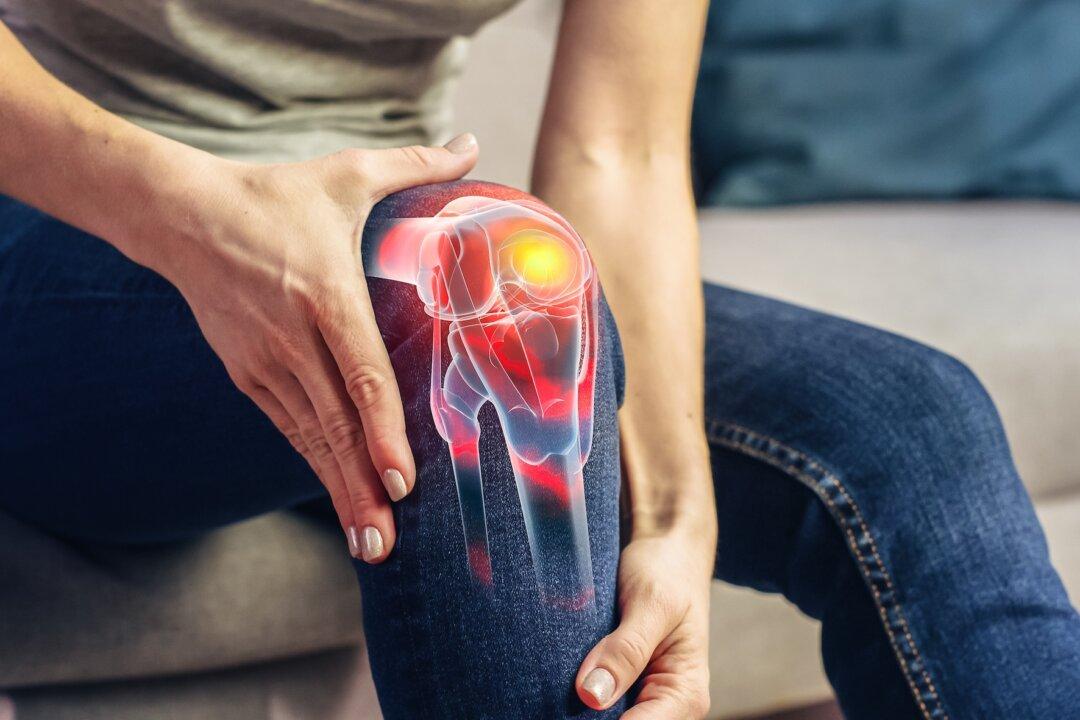Electric bikes, or e-bikes, have become increasingly common, offering many people who wouldn’t otherwise ride a bicycle a way to get outside and get moving.
Anyone who has difficulty accelerating a bike will benefit from an added boost from an electric motor. Electric bikes with torque sensors even sense how much pressure you are pushing the pedals with and adjust accordingly, providing a very natural pedaling experience.
Other types of e-bikes engage the motor as soon as you pedal at any pressure, and still others will allow you to twist a throttle and cruise along without pedaling at all.
Consider an electric bike if you have:
• Weak muscles • Any condition that requires you to limit your exercise, such as irregular heartbeat • Lack of conditioning for any reason • Fear that you won’t be able to keep up with other riders
Our Tandem Trike
My wife, Diana, and I have been passionate tandem bicycle riders for 28 years. I am 84, and Diana is 77. We live in The Villages in Florida, the largest retirement community in the world, and we ride more than 150 miles a week.Five years ago, in March 2014, we rode into a pile of sand while going about 20 miles an hour and crashed. I wasn’t hurt, but Diana broke her hip, pelvis, shoulder, and five vertebrae, and surgeons had to install a significant amount of hardware in her body to put her back together. She has osteoporosis and rheumatoid arthritis, which means that another crash would probably have even more serious consequences.
We certainly were not going to give up riding bicycles, so our friend Larry Black, of Mount Airy Bicycles in Maryland, sold us a recumbent tandem tricycle. It’s much safer than a regular upright two-wheeled tandem, since it has three wheels (two in front, one in the back), and is much lower to the ground. However, we immediately learned that the tandem tricycle went at least four miles per hour slower than our upright tandem with the same effort because:
• It weighs 83 pounds, compared with our 26-pound upright bike. • Friction from its long front timing chain and long derailleur chain cause a tremendous loss of energy. • Smaller 20-inch wheels, compared with the upright’s 27-inch wheels, have greater resistance. • We can’t stand up, so we get no help from gravity when going up hills or accelerating after a stop.

We Got Left in the Dust
We couldn’t keep up with our group of tandem riders who average 17–20 miles per hour and go much faster than that when they start to sprint. So we spent the first four months riding alone and hating it. On every hill climb and on every stop, we couldn’t increase our speed fast enough, and the other couples would pull away from us. We needed extra help whenever we had to accelerate.Even if we were willing to ride alone, we still had a problem. We are serious bicycle riders and understand training. We know that exercise prolongs lives and helps to prevent many diseases and that the more intensely you exercise, the greater the benefits. We know that an intense workout requires us to become short of breath and burn our leg muscles. The tandem trike offered so much resistance to our pedaling that our legs would burn, but we couldn’t spin the pedals fast enough to become short of breath. You need to train at your “lactate threshold” to be able to compete and gain maximum health benefits. You can’t really become short of breath on a bicycle unless you spin your pedals at a fast pace.
Electric Motor to the Rescue
Larry Black got us an electric motor from Falco Motors. They make motors that fit onto the hub of the wheel and can be put into any size of bicycle wheel. This motor has solved our problems, and we are delighted with it. Now, we can:• Keep up with our group. • Get great workouts because we are the primary driving force on the pedals. • Stop or slow down safely and know we will be able to catch up. • Go on 70-mile rides (carrying two batteries).
Diana rides in the front (captain’s seat) and controls the steering and brakes, while I sit in the rear (stoker’s seat) and control the shifting and the motor. On a tandem trike, the strongest person should sit in the back seat because the back pedals connect directly to the drive chain. The rider in front loses a lot of power from the very long timing chain that runs from the front pedals back to the rear pedals. I turn the motor on by twisting the throttle on my handlebar. We use the motor assist only when we have to accelerate when we start after stopping, climb hills, or need to catch up to other riders.
We start off with a short push from the motor. Then, I adjust the gears to achieve a cadence of about 90 pedal rotations per minute. I do all our gearing by following the resistance on the pedals. If the resistance increases, I immediately lower the gear and do not wait for the cadence to slow down. I try to keep the pedal cadence at about 90 by adjusting the gears to the resistance of the pedals. When we start to spin much over 100 pedal revolutions per minute, I increase the gear resistance.
How the Motor Gives Us a Better Workout
By not having to slow down when the pressure on the pedals increases, we are able to keep a fairly constant 90 cadence. This puts us at our “lactate threshold,” the ideal training level. When we are barely getting enough oxygen to meet our energy needs, we are exercising at the maximum capacity that we can maintain and still not have to slow down or stop. If we didn’t have a motor, our pedals would slow down so much that we wouldn’t gain the maximum training effect.The Need for Interval Training
We ride with our group of PANTHERS Tandem Club members three days each week. On the other days, I ride my upright single bike without a motor, and Diana rides on her single trike.To gain maximum ability to take in and use oxygen, you need to go into severe oxygen debt and gasp for breath. However, when this happens, you have to slow down and recover. Competitive athletes do intervals in which they pedal, run, skate, or swim a certain distance at near maximum effort, and gasp for breath. Then, they slow down until they recover their breath and again repeat the maximum effort that drives them into severe oxygen debt. Two or three days a week, I do the following interval workout on my single bike:
•5–10 minute warm-up of slow riding followed by a gradual increase in speed. • Hard interval of 25 pedal rotations (about 30 seconds), fast enough to leave me short of breath. • Slow pedaling until I recover my breath, usually about the same distance as my fast interval. • Repeats of hard intervals followed by complete recovery of my breath until my legs start to feel heavy or hurt. • 5–10 minutes of slow miles to cool down.
My Recommendations
Electric bikes are now widely available in all styles and price ranges, and your local bike store can probably retrofit your existing bike with a motor.I think that the key to using an electric motor for a fitness program is to use it only as much as you need it to maintain a cadence of 70–90 rpm. You can use the motor to help accelerate after slowing down or stopping, go up steep hills, and catch up if you get left behind by other riders.
You should be using your own muscles to move your bike, and just get that extra help from the motor. If you have a pedal-assist type of bike, use it at a setting that challenges your muscles and helps you when you need it. You can do intervals (described above) on an e-bike, but you will need to experiment with the settings and timing to get the most out of your workout.
If you haven’t yet ridden on an e-bike, go to your local bike shop and try one out. I predict that you will love it.




